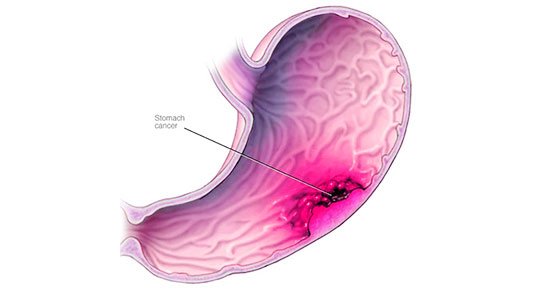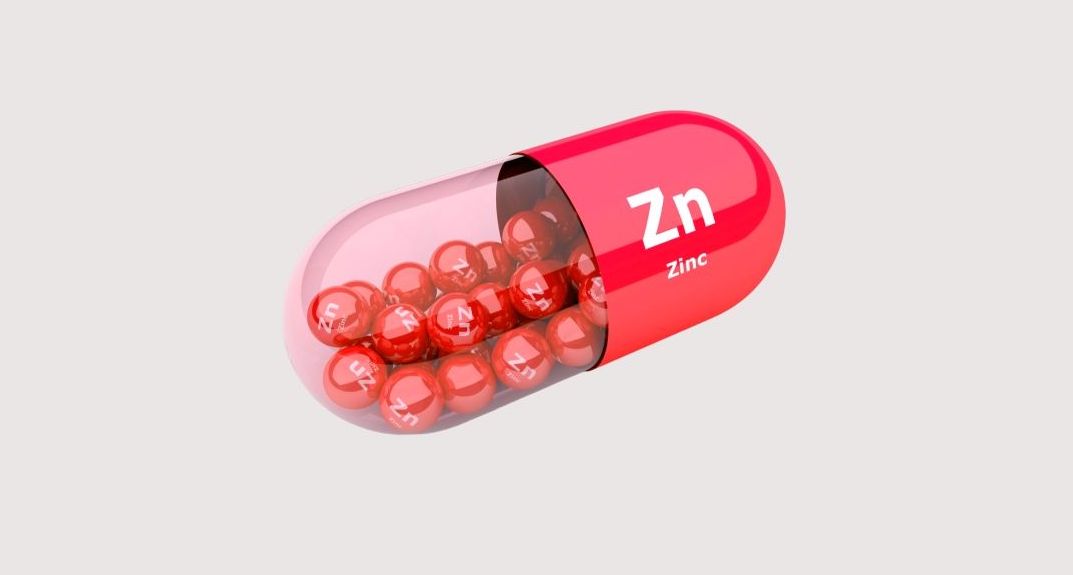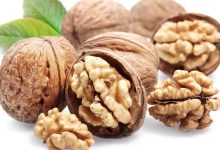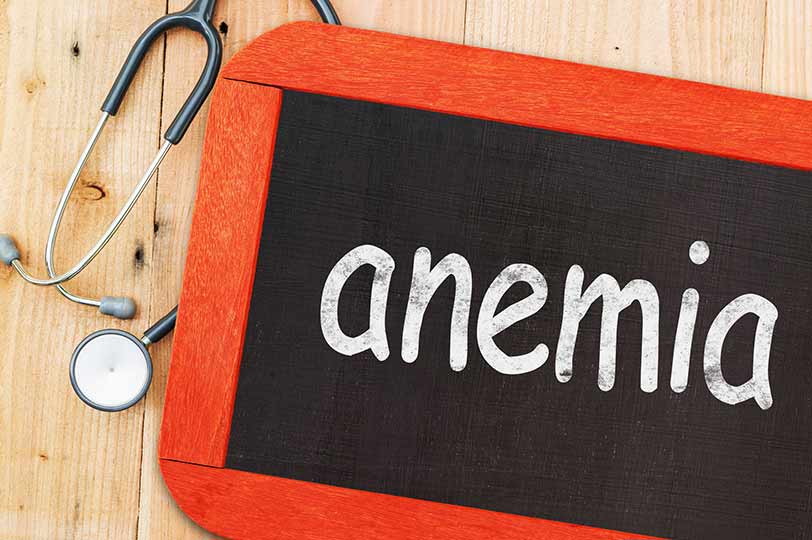lower blood cholesterol – 9 Simple but effective exercises
The body uses cholesterol to build cells, produce vitamins and hormones, and digest certain fats. This abnormal increase can, however, put you at risk for various diseases, including heart attacks and strokes. Therefore, finding effective solutions that can lower blood cholesterol is crucial.
Walking, running, and resistance training can lower cholesterol and prevent unintended consequences. In order to lower blood cholesterol, the American Heart Association (AHA) recommends that everyone exercise at least 150 minutes a week at a moderate intensity.
Types of cholesterol:
In the bloodstream, cholesterol is a type of fat. This substance narrows blood vessels and increases the risk of cardiovascular disease. Type of cholesterol can also have an impact on health. The body contains two main types of cholesterol.
Low density lipoprotein or bad cholesterol (LDL).
High-density lipoprotein or good cholesterol (HDL).
Specifically, we are talking about lowering LDL cholesterol, which is associated with an increased risk of heart disease, heart attacks, strokes and artery blockages. Cholesterol is measured in milligrams per deciliter (milligrams per deciliter). The ideal level of total cholesterol is less than 200 mg per deciliter. LDL cholesterol should be less than 100 mg / dL, and HDL cholesterol should be at least 60 mg / dL.
Your doctor can help you lower your blood cholesterol level if it is not in a healthy range. To control your blood cholesterol, you should change your diet and increase your physical activity. Your doctor may also prescribe medication in some cases.
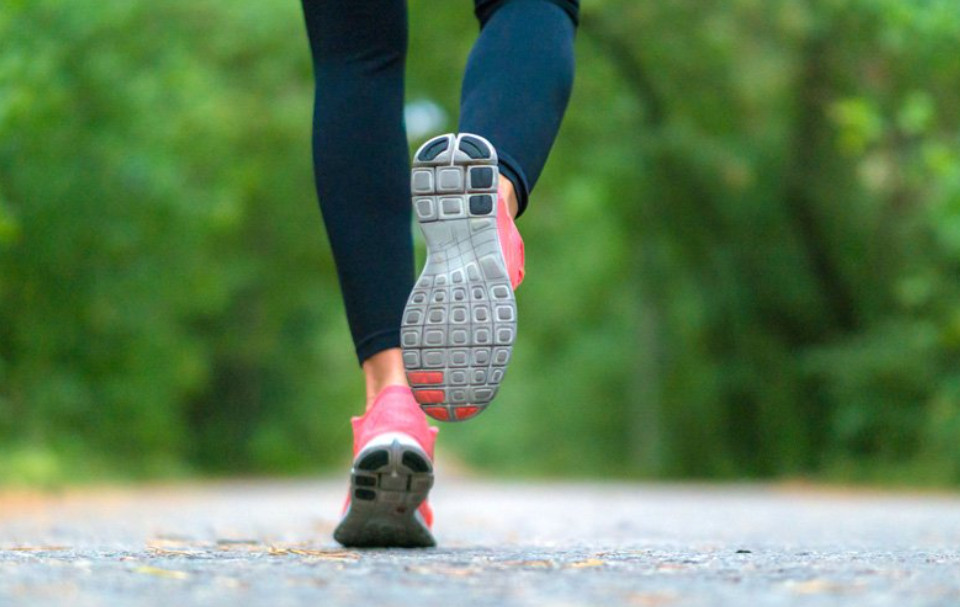
Exercise lowers blood cholesterol
According to the American Heart Association, 150 minutes of moderate-intensity aerobic exercise per week is sufficient to lower cholesterol and blood pressure. Exercise not only lowers bad cholesterol, but also increases good cholesterol.
Following 24 weeks of walking five hours a day, one hour at a time, people’s HDL cholesterol levels increase, according to a scientific study. According to a 10-week study, high-intensity strength training three times a week increased high-intensity HDL cholesterol levels. Regular exercise has other health benefits as well.
- Fat loss and weight loss
- Improve mental health
- Muscle building and bone density
- Boost energy and reduce fatigue
High blood cholesterol is caused by two lifestyle factors, namely sedentary lifestyles and obesity. Exercise can help lower your cholesterol even if you are overweight. In addition to modifying their diet, obese adults who walk, run, or cycle have lower levels of total cholesterol, LDL cholesterol, and triglycerides. There are other ways to reduce LDL cholesterol.
- Eat a healthy diet.
- Limit saturated fats and trans fats.
- Limit alcohol consumption.
- Maintain a healthy weight.
- Give up smoking.
- Reduce stress.
- Sleep enough
exercise to lower blood cholesterol
Getting regular exercise is a great way to get fit, improve your health, and lower your LDL cholesterol. It has been shown that physical activity may be more important than exercise, which means that it is better to include more physical activity in your daily routine. However, the following exercises appear to be more effective in lowering blood cholesterol levels.
1. Walk
LDL cholesterol was reduced in people who walked one hour a day for five hours a week in one study. Walking regularly and at a fast pace is a great way to maintain fitness and improve health. However, walking is easier than running.
Walking may be a better option for you if you’re not used to running, overweight or have joint disorders. Beginners should gradually increase the duration and intensity of their workouts. Researchers compared walking to running in one study. As long as an individual consumes the same amount of energy, moderate walking and strenuous running both reduce the risk of heart problems by the same percentage.
2. Run
If you enjoy running and do not have joint disease, you are very lucky. Running is good for your health and can lower your blood cholesterol. In addition, it helps you stay fit, lose weight, and improve your mental health.
According to a study, any amount of running reduces the risk of dying from any cause by up to 27% and reduces LDL cholesterol levels. Long-distance running lowers LDL cholesterol levels dramatically, according to earlier studies.
3. Cycling
Cycling is another exercise that can lower LDL cholesterol. As you age, your hips and knees become more vulnerable to osteoarthritis. When your joints hurt, you should ride a bike instead of running.
People who cycled to work had lower blood cholesterol than those who did not, according to a study published in the Journal of the American Heart Association. Scientists in the study found that cycling to work reduces the risk of several types of cardiovascular disease.
Another study found that cycling can prevent heart disease. A study conducted on adults between the ages of 50 and 65 found that regular cycling was associated with an 11 to 18 percent reduction in heart attacks.
4. Swim
Swimming is probably the best aerobic exercise you can do. In a study of women aged 50 and 70, researchers found that swimming improved body weight, body fat distribution, and LDL cholesterol levels better than walking.
Researchers also examined the benefits of swimming in men. According to this study, people who swim have a mortality rate that is 53, 50%, and 49% lower than people who are sedentary, walking, or running.
5. Resistance exercises
In order to reduce the risk of heart disease, aerobic exercise is usually recommended. Resistance exercise can also help people with high cholesterol, according to research. By forcing the muscles to contract, resistance training increases muscle strength over time. You can use dumbbells, kettlebells, or even your body weight for this type of exercise.
Premenopausal women who exercised under the supervision of a resistance trainer were able to lower their total cholesterol and LDL cholesterol after 14 weeks. The study participants exercised for 40 to 50 minutes three times a week.
Combining resistance and aerobic exercise helps people lose more weight and fat. Thus, instead of just doing one of these two types of exercises, it is better to try both.

6. Yoga
The inclusion of yoga in the list of useful exercises for lowering cholesterol may seem a little strange. This is due to yoga’s stretch component. Numerous studies have shown that yoga can reduce the risk of heart disease and may even directly affect cholesterol levels in some cases.
A quarterly yoga program can lower total cholesterol and LDL cholesterol, according to researchers. It can also increase HDL cholesterol in diabetics. Participants in this study practiced for about an hour a day. Yoga can improve LDL cholesterol, HDL cholesterol, and blood pressure, according to another study.
Other exercises and activities can help lower cholesterol and improve the general health of the body. It’s important to consider how much energy the body uses for exercise, and how often a person exercises. These exercises and activities can help control blood cholesterol.
7. Group sports such as basketball or football
8. High Intensity Interval Training (HIIT)
9. Tennis
What is strenuous exercise and what are its benefits?
According to the World Health Organization (WHO), adults should perform a certain amount of physical activity each week in order to stay healthy. The authors point out that one in four adults worldwide does not follow this guideline. The World Health Organization recommends that adults follow one of the following recommendations.
At least 150 to 300 minutes of moderate-intensity aerobic exercise per week
A minimum of 75 to 150 minutes of high-intensity aerobic physical activity per week
as well as moderate to vigorous physical activity throughout the week
Monitoring heart rate
It’s easier to reach your fitness or weight loss goals when you track your heart rate during exercise. The heart rate is a measure of a person’s effort during exercise. When exercising, people should reach 50 to 85 percent of their maximum heart rate.
You can calculate your maximum heart rate by lowering your age from 220. For example, a 30-year-old should lower 30 from 220, so his maximum heart rate is 190 beats per minute.
We have introduced many exercises that are beneficial for lowering cholesterol and preventing cardiovascular disease. Depending on your lifestyle and joint health status, you can choose the best type of exercise. Exercise at least 30 minutes a day at a moderate intensity, and train twice a week with resistance.
Besides reducing your weight and strengthening your muscles, exercise can also lower your blood cholesterol, which prevents cardiovascular disease. Exercise helps maintain or lower cholesterol levels.
Exercises such as walking, running, cycling, and swimming can lower total cholesterol and LDL cholesterol. In addition to exercise, lifestyle changes, such as diet modification and quitting smoking, can lower LDL cholesterol. Combining exercise with a healthy diet and lifestyle will have the greatest impact.
Consult your doctor before starting an exercise program, especially if a sharp rise in cholesterol puts you at risk for heart disease or stroke. Exercise should be stopped immediately if you experience chest pain, shortness of breath, dizziness, or lightheadedness.

